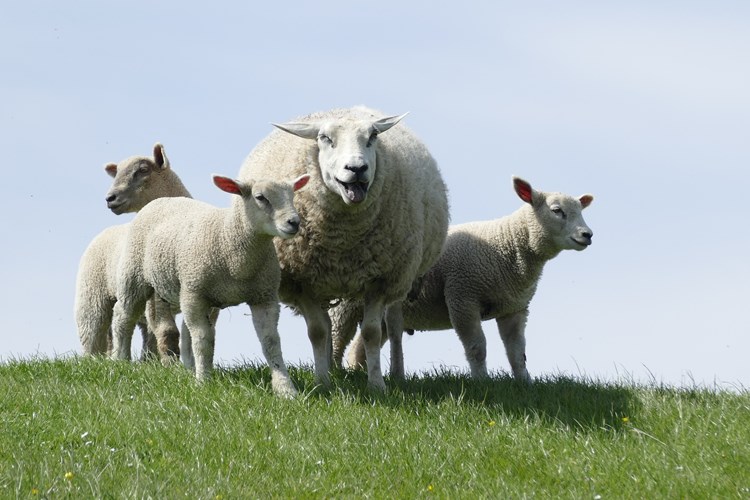Update on Streptococcus dysgalactiae arthritis in lambs

Streptococcus dysgalactiae in the most common cause of joint ill in UK lambs.
There have been some recent publications that add some interesting information about Streptococcus dysgalactiae causing joint conditions in lambs – although it should be noted that the research was carried out in different climates and management systems.
New Zealand: An outbreak in a large outdoor lambing research flock allowed some data to be collected. This showed that:
- mortality to weaning in affected lambs was 14.5% compared to 4.6% in unaffected lambs
- affected lambs were 4.5 kg lighter than unaffected lambs at weaning
- lambs born between days 13 to 18 were 5.6 x more likely to be affected than lambs born in days one to six
- lambs born in the worst affected paddocks were 7.7 x more likely to be affected
Norway: Indoor lambing flocks were monitored and samples collected for S. dysgalactiae PCR testing.
The results in the table are for 24 flocks, nine of which had an outbreak (>5% of lambs affected) during the study.
|
Sample |
Outbreak flock % of samples PCR +ve |
Non outbreak flock % of samples PCR +ve |
|
Ewe vagina |
48.0 |
20.5 |
|
Udder skin |
70.8 |
30.3 |
|
Environment |
81.5 |
37.9 |
|
Navel |
92.6 |
34.3 |
|
Ear tag site |
100.0 |
34.6 |
The findings show the production impacts that this condition can have and how important it is to pay attention to detail to limit environmental bacterial challenge, improve navel and skin hygiene at tag sites, particularly as lambing progresses.
References:
Ridler et al. Effects of Streptococcus dysgalactiae polyarthritis on lamb growth and mortality and risk factors for disease. Small Ruminant Research (2019)
Smistad et al. Molecular detection and genotype characterisation of Streptococcus dysgalactiae from sheep flocks with outbreaks of infectious arthritis. Veterinary Microbiology (2021)
Posted by SRUC Veterinary Services on 10/03/2022
